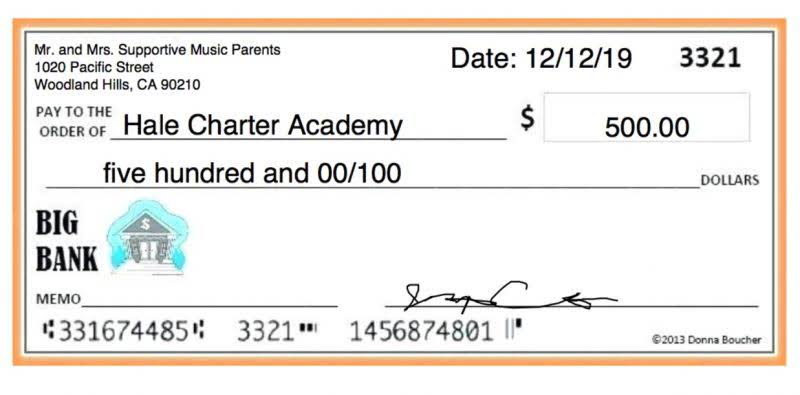Gross Profit Ratio Formula, Calculation, and Example

In her spare time, Kristen enjoys camping, hiking, and road tripping with her husband and two children. The firm offers bookkeeping and accounting services for business and personal needs, as well as ERP consulting and audit assistance. For information pertaining to the registration status of 11 Financial, please contact the state securities regulators for those states in which 11 Financial maintains a registration filing. However, it’s crucial to remember that a robust gross margin doesn’t guarantee overall net profitability, as other expenses can offset it. Past performance, while not an infallible predictor, offers invaluable insights. By delving into historical data, businesses can trace the trajectory of their gross margin.
- Net profit margin reveals the company’s bottom line profitability after subtracting all of its expenses, including taxes and interest payments.
- If companies can get a large purchase discount when they purchase inventory or find a less expensive supplier, their ratio will become higher because the cost of goods sold will be lower.
- This metric encapsulates the direct costs tied to the production of goods or delivery of services.
- This can result in higher profits and better financial health for the business.
- The gross profit margin is the percentage of the company’s revenue that exceeds its cost of goods sold.
- A ratio in itself is not particularly useful unless it is compared with similar ratios obtained from a related source.
Gross Profit vs. Gross Profit Margin

Most commonly, profitability ratios measure gross profit margins, operating profit margins, and net profit margins. To understand why these ratios are useful, consider a plumbing business. The gross profit ratio is important because it shows management and investors how profitable the core business activities are without taking into consideration the indirect costs. In other words, it shows how efficiently a company can produce and sell its products. This gives investors a key insight into how healthy the company actually is.
Gross Profit Ratio: Definition
We can use the gross profit of $50 million to determine the company’s gross margin. Simply divide the $50 million gross profit into the sales of $150 million and then multiply that amount by 100. The gross margin can also provide insights into which products and services are the most efficient to produce and sell, as well as where to make cost improvements. This means that after Jack pays off his inventory costs, he still has 78 percent of his sales revenue to cover his operating costs. Gross profit is the total profit a company makes after deducting its costs, calculated as total sales or revenue minus the cost of goods sold (COGS), and expressed as a dollar value. Businesses subtract their COGS as well as ancillary expenses when calculating net margin and related margins.
Increase Efficiency

Investors are typically interested in GP as a percentage because this allows them to compare margins between companies no matter their size or sales volume. For instance, an investor can see Monica’s 65 percent margin and compare it to Ralph Lauren’s margin even though RL is a billion dollar company. It also allows investors a chance to see how profitable the company’s core business activities are.

gross margin accounting is the ratio of gross profit of a business to its revenue. It is a profitability ratio measuring what proportion of revenue is converted into gross profit (i.e. revenue less cost of goods sold). Gross Margin is the profitability of a business after subtracting the cost of goods sold from the revenue. It is a reflection of the amount of money a company retains for every incremental dollar earned. By exclusively considering costs directly tied to production, it offers a clear picture of a company’s ability to generate profit from its core operations. The definition of gross margin is the profitability of a business after subtracting the cost of goods sold from the revenue.
Gross Profit Margin: Formula, Calculation and Example
- This doesn’t mean the business is doing poorly—it’s simply an indicator that they’re developing their systems.
- GM had a low margin and wasn’t making much money one each car they were producing, but GM was profitable.
- For instance, a pizzeria’s gross profit ratio compares the revenues from selling pizza to the direct costs that go into making that pizza (raw ingredients, labor, machinery).
- Gross margin puts gross profit into context by taking the company’s sales volume into account.
- The amount of profit left over after operating expenses are subtracted is known as gross profit.
- The terms gross margin and gross profit are often used interchangeably but they’re two separate metrics that companies use to measure and express their profitability.
A surge in demand can allow companies to command higher prices, potentially boosting the gross margin. Conversely, a decrease in demand might necessitate discounts or promotions, which can depress the margin. An efficient supply chain can reduce lead times, minimize stockouts, and lower inventory carrying costs. However, disruptions or inefficiencies can inflate COGS and narrow the gross margin. Gross Margin and Gross Profit are closely related financial metrics that help businesses understand their profitability. While they are often used interchangeably, there is a subtle difference between them.

- You can find the revenue and COGS numbers in a company’s financial statements.
- Generally, if you can increase ratios, your business will be more profitable.
- This metric is usually expressed as a percentage of sales, also known as the gross margin ratio.
- Gross profit is revenue less the cost of goods sold and is expressed as a dollar figure.
- Alternatively, as a revenue-generating tactic, it may opt to raise prices.
How to Calculate Profit Margin
